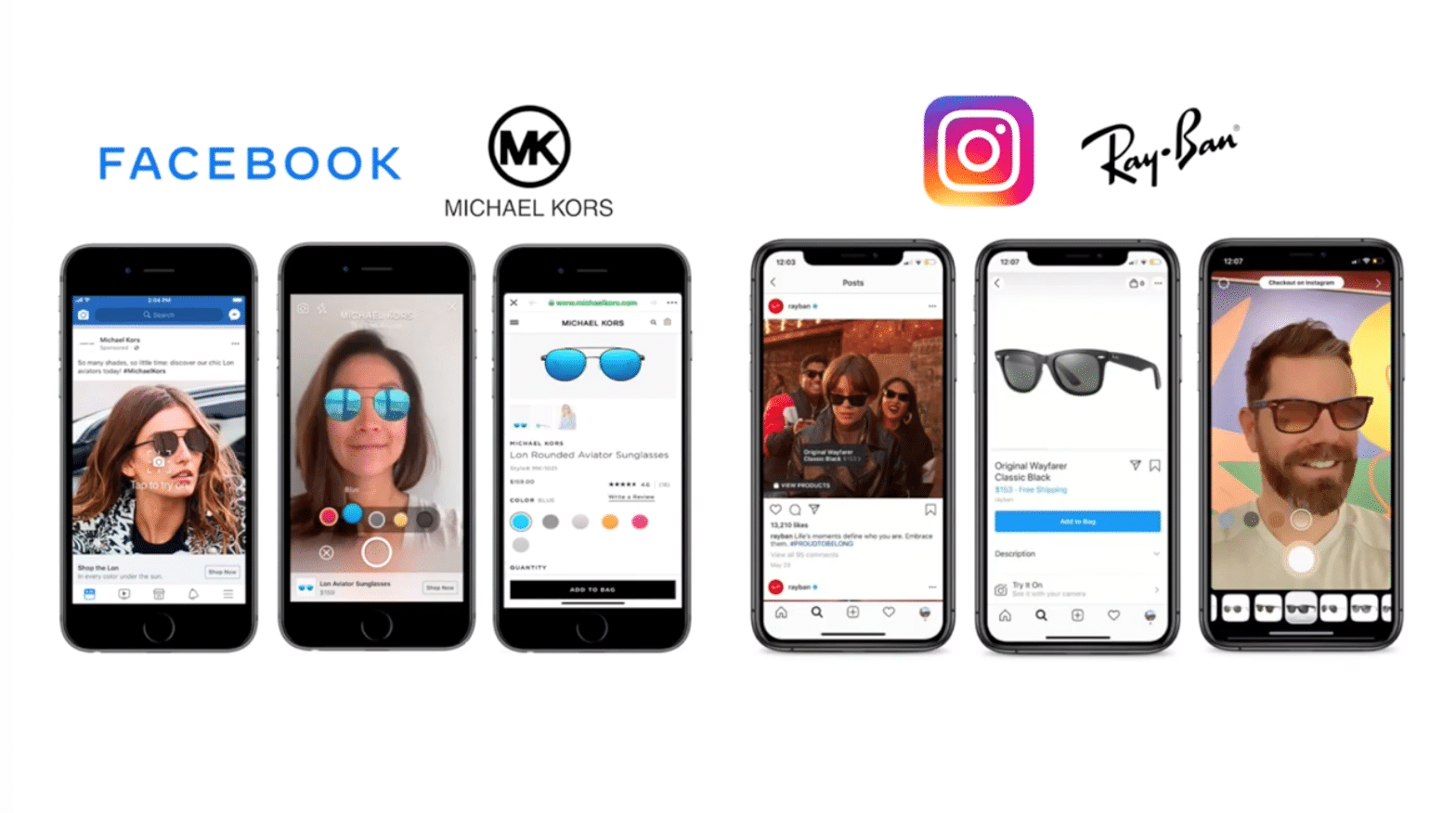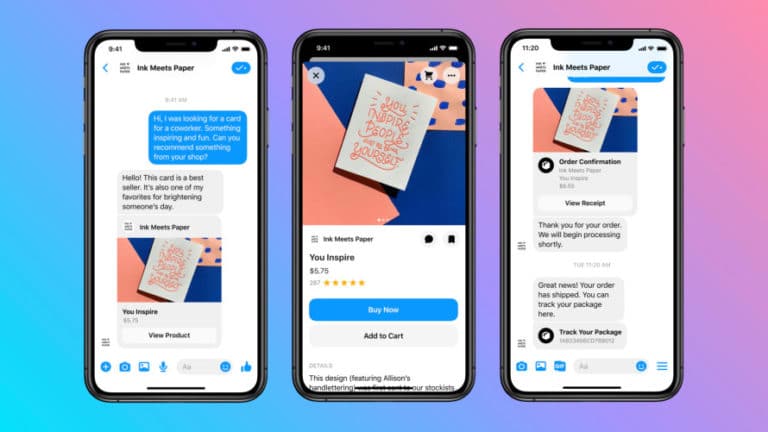
This post is adapted from ARtillery Intelligence’s report, Lessons From AR Revenue Leaders, Part III: The Field. It includes some of its data and takeaways. More can be previewed here and subscribe for the full report.
A lot can be learned from consumer AR’s early leaders. What are they doing right? How are they engaging users? And how are they making money? These are key questions in AR’s early stages, as there’s no standardized playbook and lots of experimentation underway.
This exercise includes pinpointing fitting AR use cases, as well as more granular strategies around user experience (UX). What types of AR interactions resonate with consumers? And what best practices are being standardized for experience and interface design?
After diving deep in Parts I (Snapchat) and II (Niantic), we turn attention in Part III to the broader set of innovators emerging in today’s market. These are AR’s less proven, but still promising, next class. And to make sense of the competitive field, we’ve divided it in three parts.
Some companies are established players moving into AR (AR converts). Some are AR-native players building tools and technologies to advance the state of the art (AR enablers). And some are players just out of the gate and showing promise to represent AR’s next phase (AR hopefuls).
We’ll dive into the converts first. And to kick off that process, we’ll start with the biggest – and potentially most impactful – player to recently join the AR fray: Instagram.
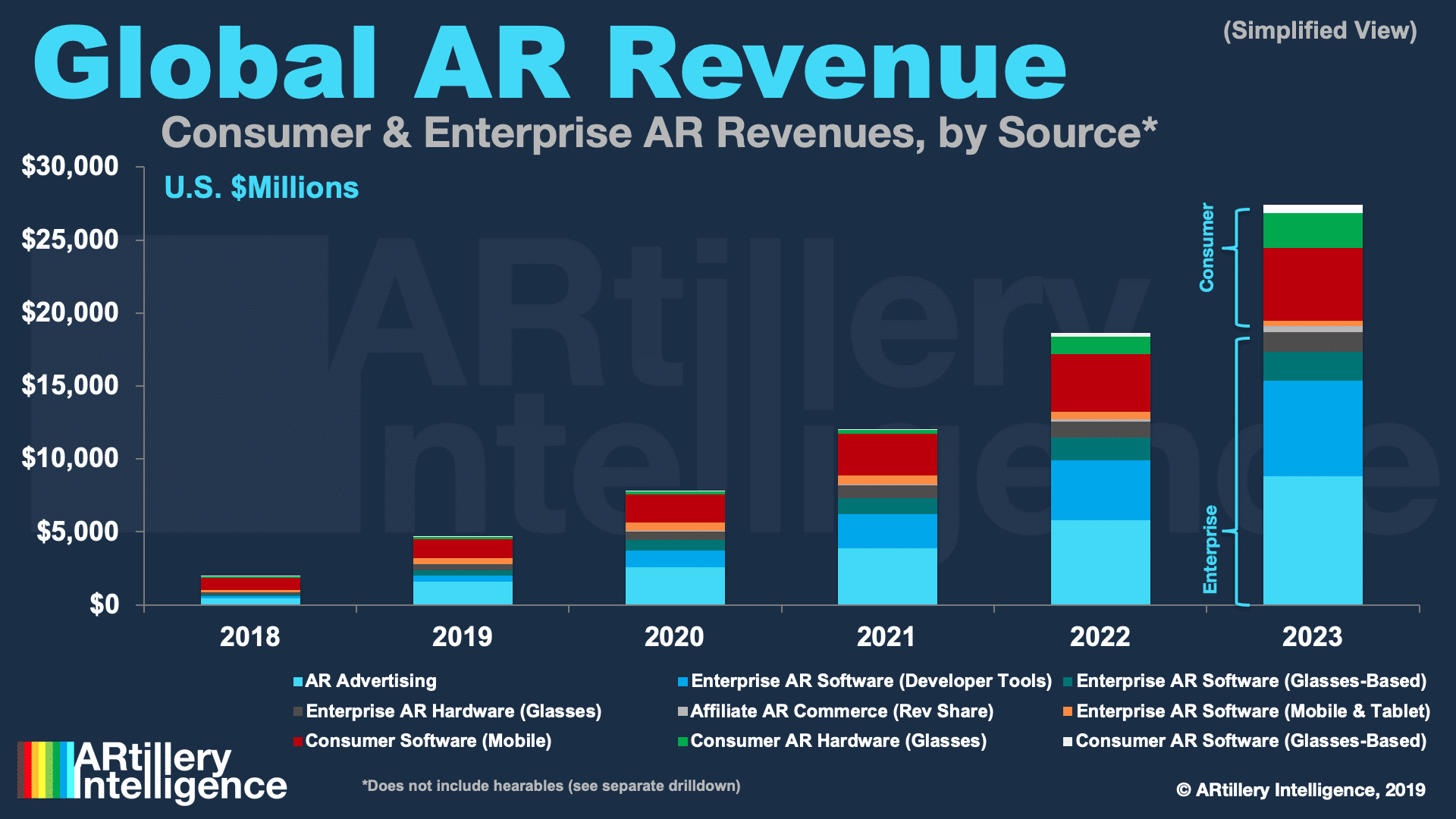
AR Converts: Instagram
Tech giants’ motivations for investing in emerging tech often trace back to their core businesses. This is done to future proof massive sums of revenue. And due to these companies’ gravitational pull, they can move large chunks of the market with them. This common pattern will play out in AR.
We’ve been toying with this “follow the money” exercise for a while, but it gained steam at Facebook’s OC6 event last year. Besides the big reveal that it’s is working on AR glasses, Facebook previewed its work in building persistent spatial mapping, known as Live Maps.
Just like Magic Leap has the “magicverse,” this is essentially Facebook’s own flavor of the AR cloud. The eventual vision is to have a sort of 3D rendering of the social graph. That could include sharing information, media and status with friends in 3D space, anchored to people or things.
These are longer-term initiatives to be a sort of “social layer” to the immersive web. But in the meantime, Facebook is doing lots of work to acclimate users and developers to AR. This mostly includes lenses, which are today’s most popular AR format as we examined in Part I of this series.
Lenses are also the most lucrative AR format today. They let brands demonstrate products in immersive ways and across the consumer purchase funnel. These factors drove $1.58 billion in AR ad revenue last year, on pace for $8.8 billion by 2023 according to ARtillery estimates.
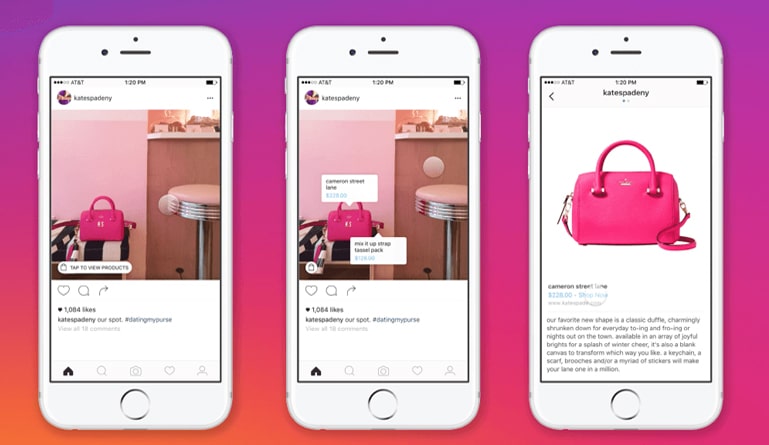
Ace up its Sleeve
Most of this activity has been with Snapchat, which announced 15 billion cumulative lens views in May. That’s followed by Facebook which serves roughly one billion lens views per year, and growing. That happened through a combination of the News Feed, Messenger and Portal.
These are fitting places for AR, but Facebook’s real ace may be Instagram. Its 1 billion active users and camera-forward users are more aligned with AR than other Facebook properties. Social sharing is also core to Instagram which can drive lens distribution virally, just like Snapchat does.
These are all reasons why Facebook launched its Spark AR developer platform on Instagram. It was in closed beta for most of the last year, then opened up to the public in August. This means it’s still early, but Instagram is quickly rolling out new lens features such as music effects.
That will grow over the next year, and it will follow the same progression we’ve seen on Facebook’s other properties. This entails a period of user acclimation, community lens creation, followed by monetization. The latter is where brands create and distribute lenses.
Back to the “follow the money” construct, Facebook is motivated to make all of this happen because it’s running out of ad inventory on the News Feed. Because that’s its core product, which it doesn’t want to oversaturate with ads, it’s looking to untapped ad inventory in other properties.
But more than financial motivation, Facebook knows AR “fits” on Instagram and it wouldn’t force an unnatural union. Similarly, with Messenger, AR-enhanced “conversational commerce” could be a natural use case. And Portal has an AR storytelling use case that’s natural, albeit less scalable.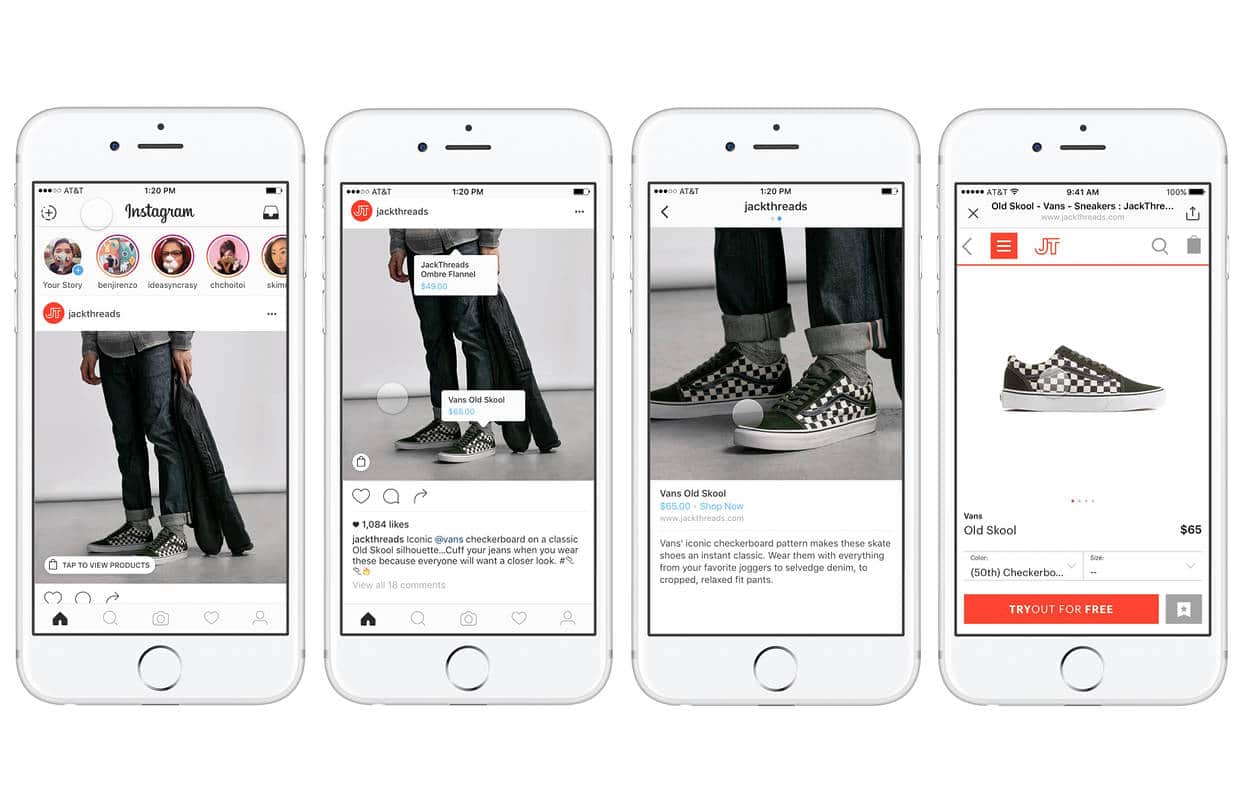
Shoppable AR
Speaking of commerce, the next direction for AR on Instagram is shoppable lenses to transact right on the spot. We predicted this in 2018 when it was clear that AR was coming to Instagram. That put AR on a convergence path with Instagram’s eCommerce integrations already underway.
This has since unfolded as Instagram works with top fashion retailers to integrate AR product try-ons as part of the in-app transaction feature they utilize. These integrations are logical, as Instagram has become a place for consumers to discover products and transact.
AR will now join that shopping flow to make products more demonstrable, pursuant to boosting sales. This continues to be validated by Snapchat and others. For example, Facebook itself has reported that AR-based cosmetics try-ons have boosted conversion rates by 28 percent.
Altogether Facebook has several tracks for spatial computing, which will eventually converge. It has primary VR ambitions to connect the world in more immersive ways (and monetization therein); newly-announced AR glasses and Live Maps; and nearer-term mobile AR lenses.
The latter is the least sexy of the three. But it’s a key step to get users and developers acclimated to spatial interfaces. That will prime the next era of immersive UX that Facebook is aiming for. But in the meantime, mobile AR — now including Instagram — is generating real revenue today.
Place AR in Users’ Paths
One key practice can already be seen in Instagram’s AR commerce integrations. As examined throughout Parts I and II of this series, AR is seeing the most success when it is placed directly in users’ paths. It should also be integrated in ways that align with users’ comfort and cognition.
For example, with the transactional functionalities mentioned above for Instagram and other lens providers, the entire purchase funnel happens all in one flow. There’s no bouncing users to another app, nor to a website to further browse products and transact. It all happens in one place.
This is important in AR’s early stages of consumer adoption when it isn’t yet proven enough to compel users to go out of their way or “work for it.” This involves the AR-as-a-feature approach which integrates AR in sparing ways that are organic and additive to an already-prevalent activity.
There are a few players who live by this principle, including Snapchat and Niantic as examined in previous installations of this series. In fact, their success has validated the practice and was one criterion used to select the AR exemplars in this report. Next on that list: Houzz.
We’ll pause there and circle back in the next installment to continue looking at AR Converts. Meanwhile, check out the full report here.

